Getting Started Understand the need to build a Knowledge Base
Start Building Set up your knowledge base and define the structure
Audience & Scope Identify your target audience and define your scope
Knowledge Management Set up roles, permissions, and access control
Knowledge Organization Organize content that follows a logical hierarchy
Knowledge Base Articles Keep things simple, factual and engaging
Frequent Updates Keep articles up to date based on new releases
Social Sharing Encourage and enable social sharing and feedback
The ideal customer support model is one where support agents are not needed at all. By establishing a robust self-service model, you not only reduce support investment but also free up the time for your support team to focus on other pressing customer issues.
Most importantly, you empower your customers to self-serve themselves - thereby ensuring quick and effective customer experience without creating too many dependencies.
A well-written knowledge base can help your organization achieve greater customer satisfaction and improve customer loyalty.
It is important that your Knowledge Base contains all the necessary information. But, before you proceed to write articles, it is important to understand the common customer questions, identify areas where there are issues that customers can resolve without agent intervention and prioritize those topics over the others.
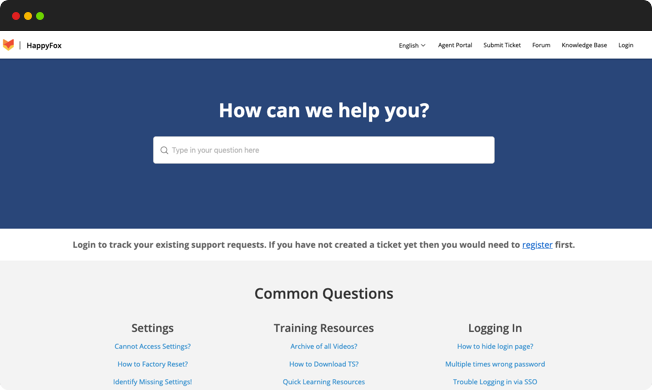
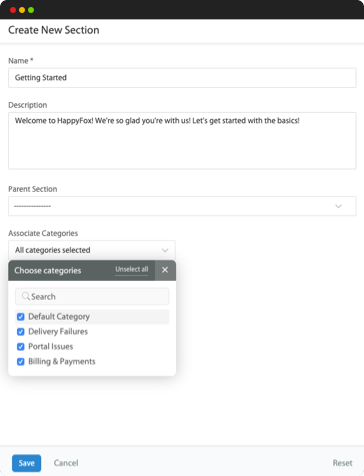
The HappyFox online knowledge management tool allows your repository to be the one-stop-shop for all issues. Right from technical guides with appropriate screenshots, references from other sources, complete instruction manuals, technical documentation, FAQ pages, and demo videos, HappyFox lets you store all your information in an easily accessible manner. You can create knowledge base content right from the support ticket so that you can save the time spent in creating a new article.
Your knowledge base software can be either internal or external or both. You could create a condensed, detailed knowledge base for your external audience, while simultaneously building an internal knowledge base with technical and onboarding details for your customer support team members. This eliminates the need for separate training for new support staff and likewise enhances user experience.
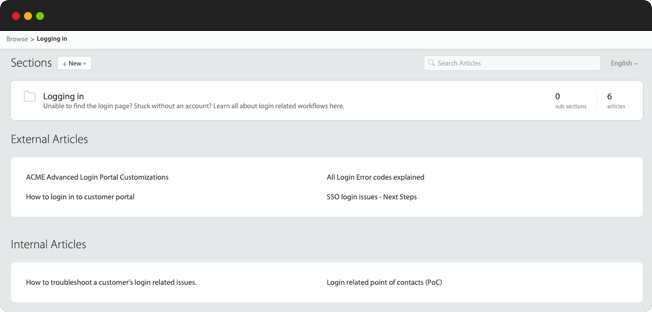
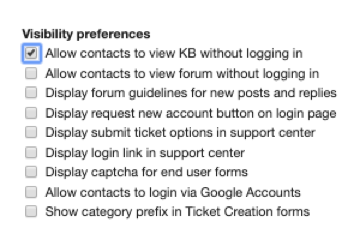
Not everybody should have access to everything. Grant access to knowledge base editing and maintenance to select support staff. Choose to restrict the visibility of your external knowledge base, by giving selectively access to those who have an account in your help desk customer portal.
A chaotic Knowledge Base is worse than no Knowledge Base. If it is not organized chronologically and hierarchically, your customers will never be able to find what they are looking for and this could easily frustrate them. Sort your information architecture, arrange neatly under sections and tag them to make it easily accessible. First-time users might go to your knowledge base to just look around and learn more about your new product or an existing service, while others are busy looking for a very specific thing. Therefore, adding a search bar to your knowledge base homepage is crucial.
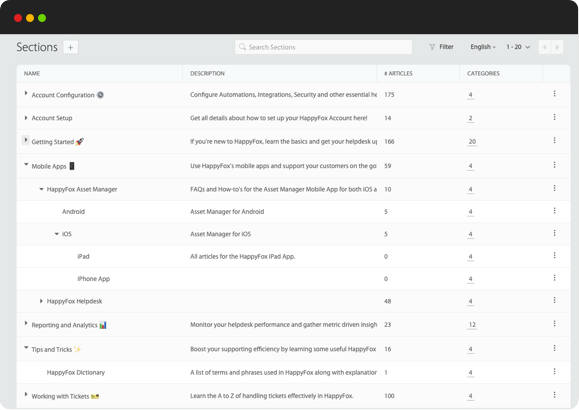
When writing knowledge base articles, furnish step-by-step instructions in simple language for customers to understand. Sometimes, it is not wrong to be very granular because what you believe might be a very commonplace thing for you might be difficult for your customers. There is a difference between ‘Click Delete’ and ‘Click Delete button on the top right corner of your screen’. Leverage the built-in rich text editor to enrich your articles with images, gifs, and video tutorials.
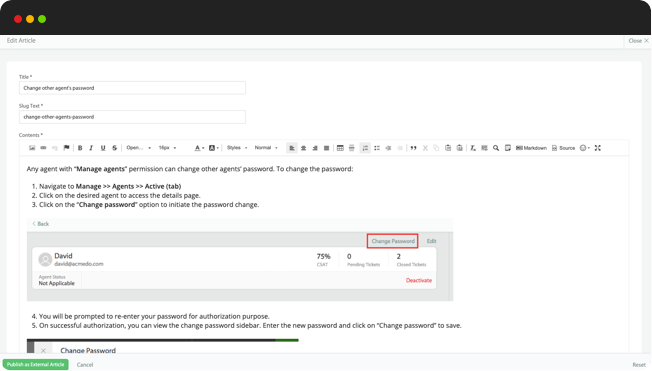
Save work-in-progress articles as "Drafts' to continue working on them at a later stage. Remove obsolete content from time to time, update old articles with changes to keep your Knowledge Base always up-to-date with information. Optimize your articles by providing meta tags, titles, and keywords that improve search engine discoverability. This will help you rank higher in results when people search for answers on Google.
Encourage your customers to share content they found useful on social media so that this will help you identify the articles customers find really important. Further, take feedback from customers regarding knowledge base articles to help improve the quality of content and make it easier to understand.
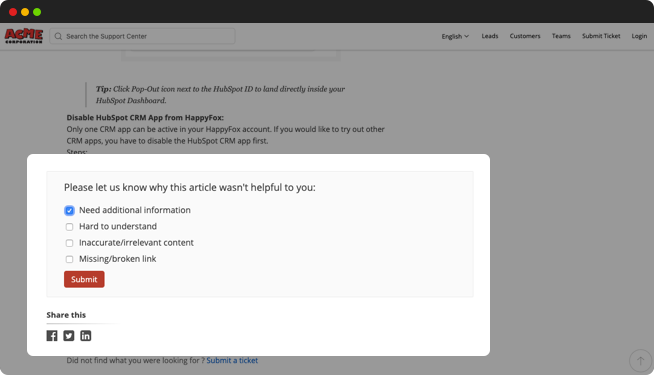
Still have question? Talk to our product specialists.